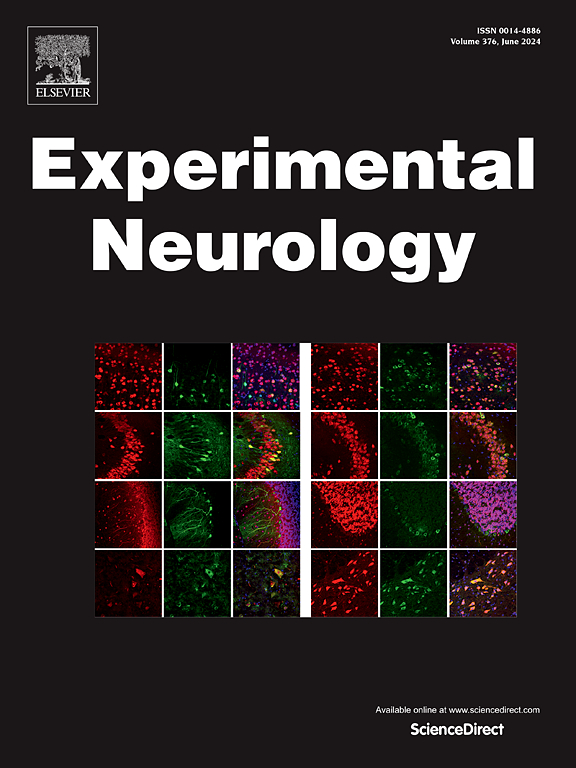CRHR1 antagonist alleviated depression-like behavior by downregulating p62 in a rat model of post-stroke depression
Abstract
Post-stroke depression (PSD) is a complication of cerebrovascular disease, which can increase mortality after stroke. CRH is one of the main signaling peptides released after activation of the hypothalamic-pituitary-adrenal (HPA) axis in response to stress. It affects synaptic plasticity by regulating inflammation, oxidative stress and autophagy in the central nervous system. And the loss of spines exacerbates depression-like behavior. Therefore, synaptic deficits induced by CRH may be related to post-stroke depression. However, the underlying mechanism remains unclear. The Keap1-Nrf2 complex is one of the core components of the antioxidant response. As an autophagy associated protein, p62 participates in the Keap1-NrF2 pathway through its Keap1 interaction domain. Oxidative stress is involved in the feedback regulation between Keap1-Nrf2 pathway and p62.However, whether the relationship between CRH and the Keap1-Nrf2-p62 pathway is involved in PSD remains unknown. This study found that serum levels of CRH in 22 patients with PSD were higher than those in healthy subjects. We used MCAO combined with CUMS single-cage SD rats to establish an animal model of PSD. Animal experiments showed that CRHR1 antagonist prevented synaptic loss in the hippocampus of PSD rats and alleviated depression-like behavior. CRH induced p62 accumulation in the prefrontal cortex of PSD rats through CRHR1. CRHR1 antagonist inhibited Keap1-Nrf2-p62 pathway by attenuating oxidative stress. In addition, we found that abnormal accumulation of p62 induces PSD. It alleviates depression-like behavior by inhibiting the expression of p62 and promoting the clearance of p62 in PSD rats. These findings can help explore the pathogenesis of PSD and design targeted treatments for PSD.

| 公司名称 | 产品信息 | 采购帮参考价格 |
|---|
 求助内容:
求助内容: 应助结果提醒方式:
应助结果提醒方式:


